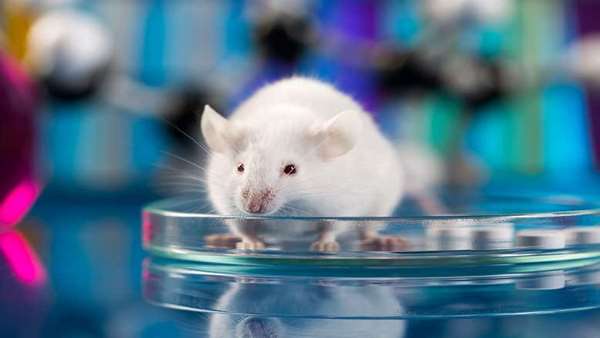Early mouse fetuses generated without sperm or eggs for first time
For the first time, artificial embryos made without sperm or eggs have started to form live fetuses after being implanted in female mice. However, the embryos had some malformations and we are still a long way from being able to make human babies this way.
For the first time, artificial embryos made without sperm or eggs have started to form live fetuses after being implanted in female mice. However, the embryos had some malformations and we are still a long way from being able to make human babies this way.
The artificial mouse embryos were made from scratch using special stem cells called extended pluripotent stem cells. These have the ability to generate all three cell types found in early embryos.
Jun Wu at the University of Texas Southwestern Medical Center and his colleagues coaxed the stem cells to turn into the three embryo cell types and self-assemble into embryo-like structures by soaking them in nutrients and growth stimulants. “They essentially did the job on their own – you could see the cells that would become the placental tissue moving to the outside while others that would form the fetus moved to the inside,” he says.
The team then transferred the artificial embryos to the uteruses of female mice, where 7 per cent successfully implanted. A week later, the implanted embryos were surgically removed by caesarean section. Microscopic examination showed they had started to form early fetal structures, albeit with major malformations. “The tissue structure and organisation were not as good as in normal embryos,” says Wu.
How embryos grow
This experiment is the first time artificial embryos have started to develop into fetal tissue in a uterus. Other groups have made artificial mouse embryos from stem cells but they haven’t successfully implanted or have only been able to form placental cells but not the other cell types once implanted.
The challenge now will be to fine-tune the artificial mouse embryos so they can develop into perfectly formed fetuses, says Wu. This may involve growing them in a mix of nutrients and growth stimulants that more closely matches the environment that embryos are normally exposed to inside the body, he says.
Read more: Making babies: How to create human embryos with no egg or sperm
However, the reason for doing this isn’t to generate offspring, says Wu. Testing the ability of artificial embryos to grow in the womb allows us to see how realistic they are, he says. Once they are considered realistic enough, researchers will be able to use them as substitutes for real embryos that are normally harvested from mice. “Our goal is to have a scalable system for producing hundreds or even thousands of these embryo-like structures,” says Wu.
The embryo models could be studied in dishes to better understand early mammalian development, optimise IVF conditions and screen drugs for their potential to cause birth defects, says Wu.
Babies from ears?
Nevertheless, the findings do hint that it may be possible to generate offspring from artificial embryos, says Wu. Some of the extended pluripotent stem cells his team used to make the artificial embryos were originally made by reprogramming ear cells from adult mice. Hypothetically speaking, if we could do the same with human ear, skin or other non-reproductive cells, we could generate viable human embryo-like structures without sperm or eggs. “But this remains science fiction,” says Wu.
There are no good scientific or medical reasons to make human babies from artificial embryos made without sperm or eggs, says Nicolas Rivron at the Institute of Molecular Biotechnology in Vienna, Austria.
Reference:https://linkinghub.elsevier.com/retrieve/pii/S0092867419310803





ارسال به دوستان